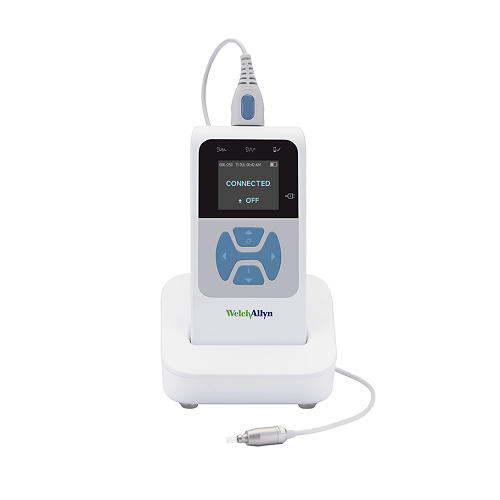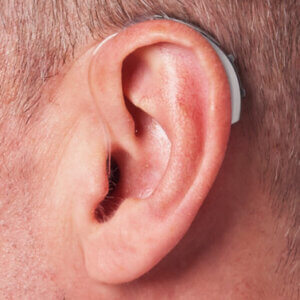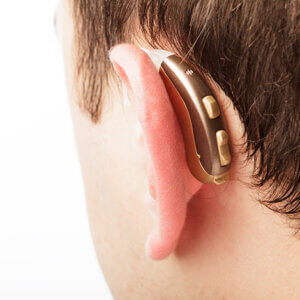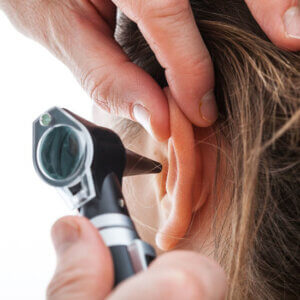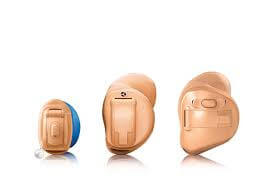OAE Screener
Your ear is made up of three parts—the outer, the middle, and the inner ear. The OAE test is used to find out how well your inner ear, or cochlea, works. It measures otoacoustic emissions, or OAEs. These are sounds given off by the inner ear when responding to a sound. There are hair cells in the inner ear that respond to sound by vibrating. The vibration produces a very quiet sound that echoes back into the middle ear. This sound is the OAE that is measured.
If you have normal hearing, you will produce OAEs. If your hearing loss is greater than 25–30 decibels (dB), you will not produce these very soft sounds.
This test can also show if there is a blockage in your outer or middle ear. If there is a blockage, no sounds will be able to get through to the inner ear. This means that there will be no vibration or sounds that come back.
Description
The OAE (Otoacoustic Emissions) test checks part of the inner ear’s response to sound. The test is mostly done on infants and children who may not be able to respond to behavioral hearing tests because of their age.

